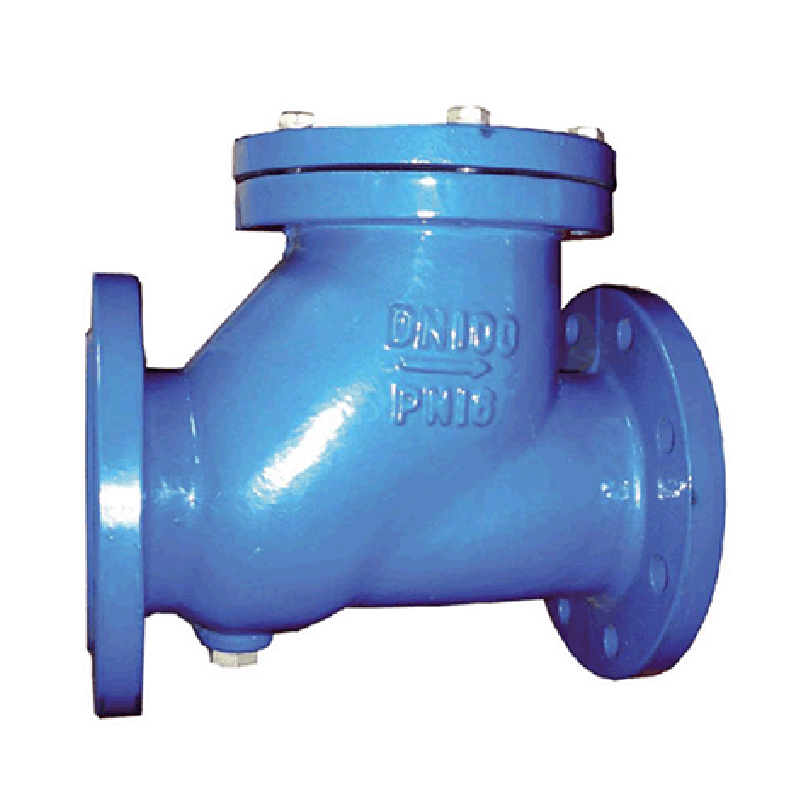Nov . 23, 2024 16:46 Back to list
Different Types of Electric Cables and Their Uses for Efficient Wiring Solutions
Understanding Different Types of Electric Cable Wire
Electric cable wires are essential components in electrical systems, providing the necessary means to transmit electricity from one point to another. They come in various types, each designed for specific applications, environments, and voltages. This article will explore the different types of electric cable wires, their characteristics, and their uses, helping you make informed decisions for your electrical projects.
1. Conductors
At the core of all electric cables are conductors, typically made of copper or aluminum. Copper is preferred for its high conductivity, while aluminum is lighter and more cost-effective. The choice of conductor material affects the cable's efficiency and durability. In most residential and commercial applications, copper wires are common, whereas aluminum wires might be used in overhead power lines and larger installations.
2. Insulated Wires
Insulation is crucial for preventing electrical shock and protecting the wire from environmental damage. Various types of insulation materials are used, such as PVC (Polyvinyl Chloride), XLPE (Cross-Linked Polyethylene), and rubber. Each material has unique properties that make it suitable for specific applications. For example, XLPE offers high thermal resistance, making it ideal for high-voltage applications, while PVC is widely used for general wiring purposes due to its affordability and effectiveness.
3. Single-Core and Multi-Core Cables
Electric cables can be categorized based on the number of conductors they contain. Single-core cables consist of a single conductor with insulation. They are commonly used in applications like lighting and household wiring. Multi-core cables, on the other hand, have multiple conductors bundled together, often used for instrumentation and control purposes in industrial settings. They provide flexibility and versatility, allowing for the carrying of multiple signals or power lines simultaneously.
4. Power Cables
Power cables are designed to transmit electricity over long distances. They come in various types, including Low Voltage (up to 1,000V), Medium Voltage (1,000V to 33kV), and High Voltage (above 33kV). These cables are heavily insulated to protect against electrical shocks and environmental factors. Power cables are typically used in power distribution networks, industrial installations, and renewable energy systems (like solar farms and wind turbines).
types of electric cable wire

5. Control Cables
Control cables are used to connect control equipment with different types of machinery. They are often multi-core and feature better shielding to protect against electromagnetic interference. These cables are crucial in automation systems, where signals are transmitted from sensors to control panels and actuators. Applications include manufacturing plants, robotics, and HVAC systems.
6. Flexible Cables
Flexible cables are designed for applications that require constant movement, such as in cranes, elevators, or mobile equipment. They use thinner conductors that allow for greater flexibility without compromising electrical performance. Flexible cables often have a robust construction that can withstand bending and twisting, making them ideal for dynamic environments.
7. Fiber Optic Cables
In recent years, fiber optic cables have gained popularity for data transmission due to their high-speed capabilities and immunity to electromagnetic interference. Unlike traditional electrical cables, fiber optic cables use light to transmit signals, making them ideal for internet connections and telecommunications. They come in two main types Single-mode and Multi-mode, each suited for different distance and bandwidth requirements.
8. Armored Cables
Armored cables are used in environments where physical protection is necessary. They have a layer of armor, often made from steel or aluminum, which protects the wire from impacts, moisture, and other environmental hazards. These cables are commonly used in industrial settings and outdoor applications.
Conclusion
Understanding the types of electric cable wires and their specific applications is crucial for anyone involved in electrical installations or repairs. From power cables that transport electricity over long distances to fiber optic cables that provide high-speed data transmission, the diversity of cable types ensures that there is a suitable option for every need. Always consider factors such as conductivity, insulation, flexibility, and environmental conditions when selecting the right cable for your project. By making informed choices, you can enhance the safety and efficiency of your electrical systems.
Share